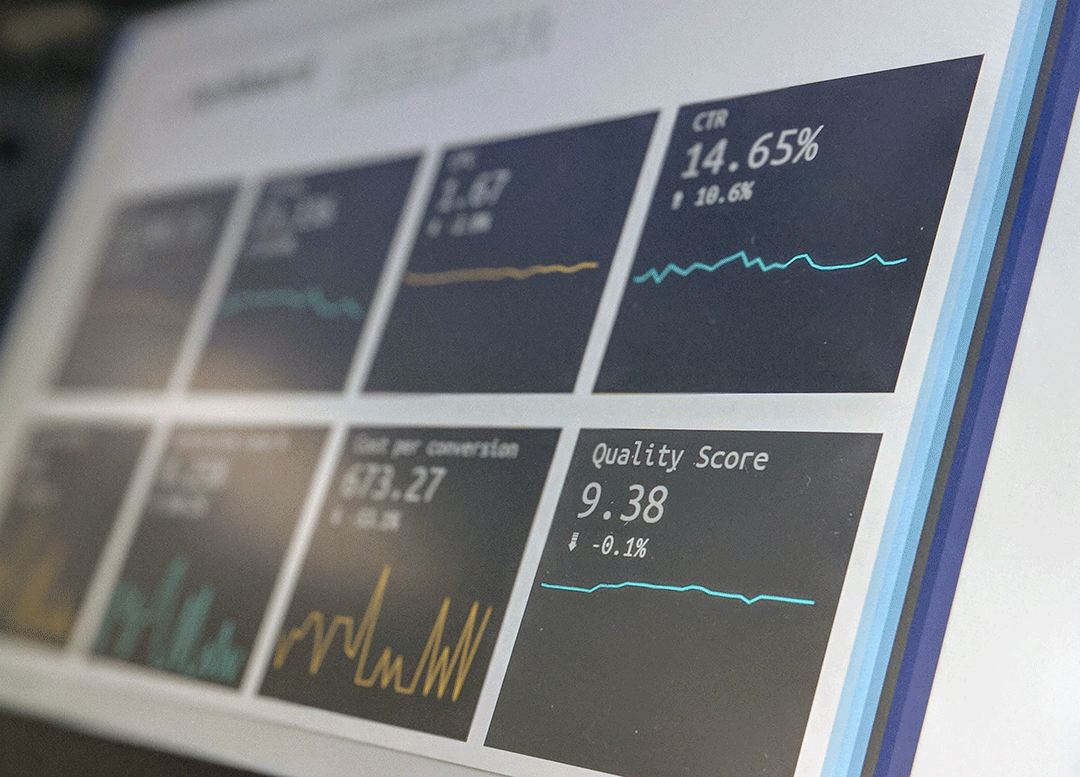For data-lovers, too many metrics is still not enough. That said, no matter how many ways you run the numbers, each day has 24 hours, each week 7 days, each year 12 months. When CSR leaders share information with senior executives, time constraints limit what they’re able to present, which is typically only the vital few metrics that indicate strategy performance and explain why the work matters to society and business goals. They must make tough choices on what to include.
Through the years and hundreds of conversations on measurement, we know one priority is commonly shared by senior management teams – what’s the ROI for the business? Academic proof of various types of business value driven by CSR, social efforts, sustainability, and studies on specific components of each have been available for quite some time. What is the gap that makes the existing proof of value miss the mark with senior management?
CECP’s Business Impact Measurement Accelerate Community, which launched just last month, seeks to dig into this question and find solutions. Colleagues are coming together from Dell, Chevron, TCS, CapitalOne, Genworth, and more to learn from expert speakers, conduct research, and draw on the best in ROI from the Human Resources and Talent Development sectors. We are very early in our exploration, so while we don’t have conclusions yet, we look forward to sharing the work our community will discover over the course of the year! In the meantime, here are some data-driven insights and one trend:
Employee-side Metrics
More than 40% of companies are already measuring the effect of their “S” in ESG work on employee metrics. The most commonly selected metric that companies are looking to move is their internal version of an employee engagement score. For many, this translates into a company-wide Key Performance Indicator, which strives to gauge employees’ connection to the company. How do they collect data that helps make the connection between “S” in ESG efforts and employee metrics such as engagement? 33% of them are levering internal measurement efforts (like an employee survey) to explore their influence on the number.
Brand-side Metrics
A fair amount less than the employee-side, approximately 30% of companies are already measuring the effect of their “S” in ESG work on brand and/or customer metrics. In contrast to employee-side metrics, there was wide variation in the most commonly selected brand-side metric. There are a couple reasons for this. One is that industries are less homogeneous in how they value their brand and measure customer success. Secondly, the work of marketing ROI and brand studies rely on their own sets of intangibles, which make them more challenging to measure, let alone study their performance drivers (like citizenship efforts).
Trend: Holistic Measurement Approaches
The expectation of reporting on business impact is often linear – the CSR Team undertook a program and needs to study the effects of that program. In a recent push that appears to parallel integrated reporting, multiple sources have urged companies to use measurement to manage the company more holistically, wherein the line becomes more of a circle.There is EPIC from the Center for Inclusive Capitalism , which chronicles the intangibles that are not yet measured. There is Total Impact Measurement to Manage (TIMM) from PwC, a paper pushing companies to think about the longer-term effects of their decisions and operations. There is Total Societal Impact from Boston Consulting Group, which identifies a collection of metrics that more completely represents the company beyond financial performance. There is Future-Fit Benchmark, a freely available framework that defines a new break-even that brings in all value centers/stakeholders and requires inclusion of positive and negative impacts.
Horse Before the Cart
Impact measurement relies on a strong baseline of operational data that teams use to manage the day to day, long before they get to impact of the social or business variety. For this foundational data, we are excited to share a template of 10 core metrics for community investment (note: this document is only available to companies affiliated with CECP via our Knowledge Center; please login to access). These metrics are not new, but we think organizing them in this way makes for a helpful tool to represent what data every team should be able to pull for themselves at the end of the year.
Stay tuned for more on business impact measurement this Spring!


